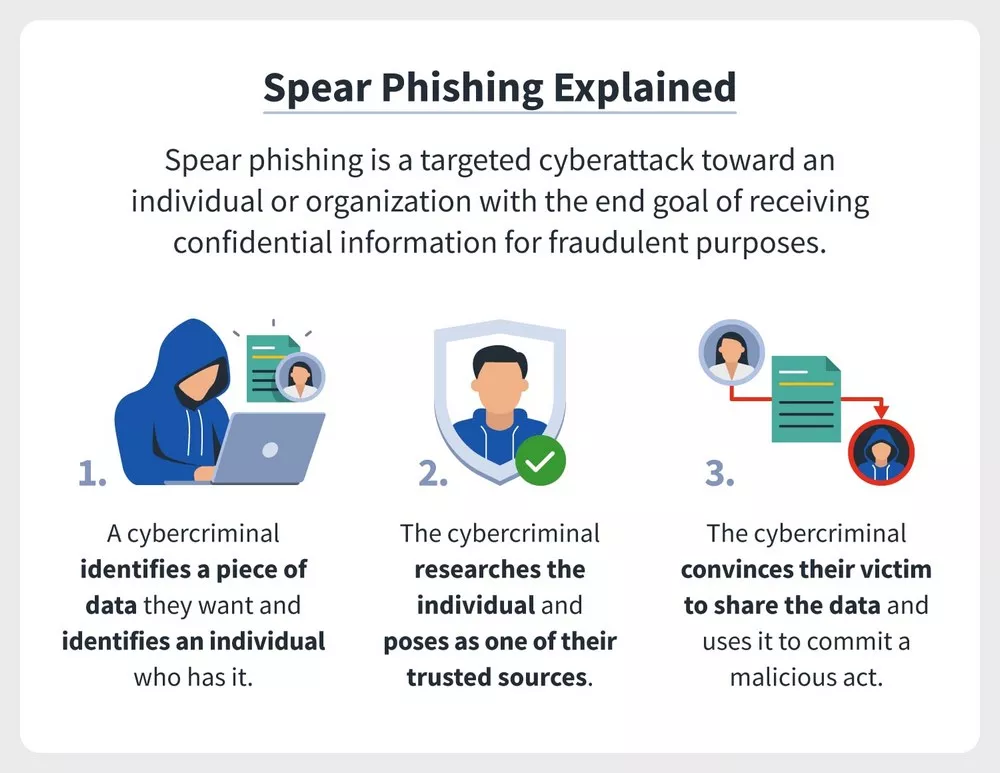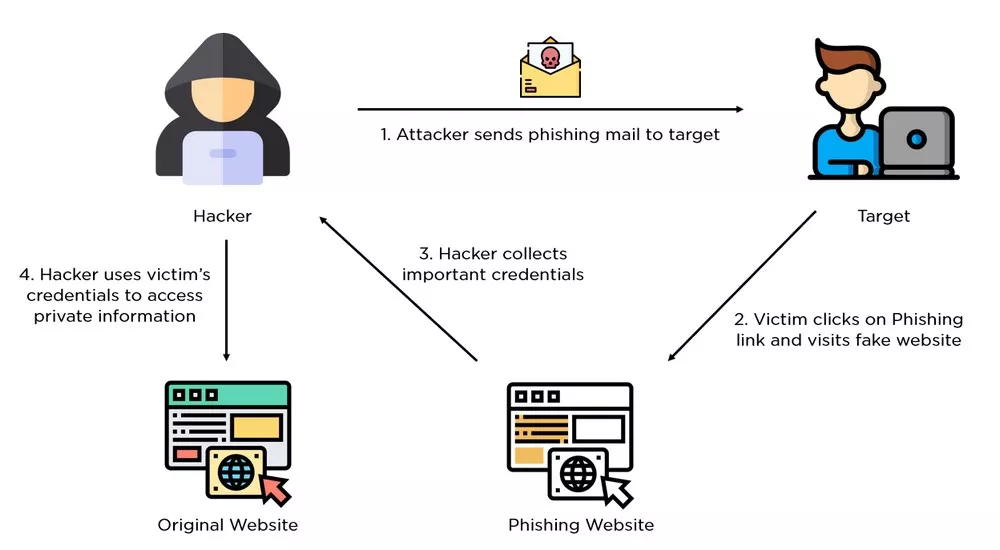Spear phishing is a type of phishing attack that targets a specific individual or organization. The attacker will usually masquerade as a trusted sender in order to trick the victim into clicking on a malicious link or opening a malicious attachment.
There are a few things you can do to protect yourself from spear phishing attacks:
– Be suspicious of unsolicited emails, even if they appear to come from a trusted source. If you’re not expecting an email from someone, be cautious before opening it.
– Hover over links to see where they’re really taking you before you click on them.
– Don’t open attachments from people you don’t know, even if the email looks legitimate.
– Keep your anti-virus software up to date to help protect against malicious attachments.
– Report suspicious emails to your IT department or security team.
Spear phishing is a type of email scam where criminals pose as a trusted sender in order to trick you into giving them sensitive information. They do this by sending you an email that appears to be from a legitimate source, such as your bank or a company you do business with. The email will usually contain a link to a fake website that looks real, but is actually designed to steal your information.
To protect yourself from spear phishing scams, never click on links in emails from unknown senders. If you’re not sure if an email is legitimate, contact the company directly to verify before clicking on any links. You should also never enter sensitive information, such as your password or Social Security number, into a website unless you’re absolutely sure it’s legitimate.
If you do fall victim to a spear phishing scam, be sure to change your passwords immediately and notify your bank or any other companies that may have been affected.


